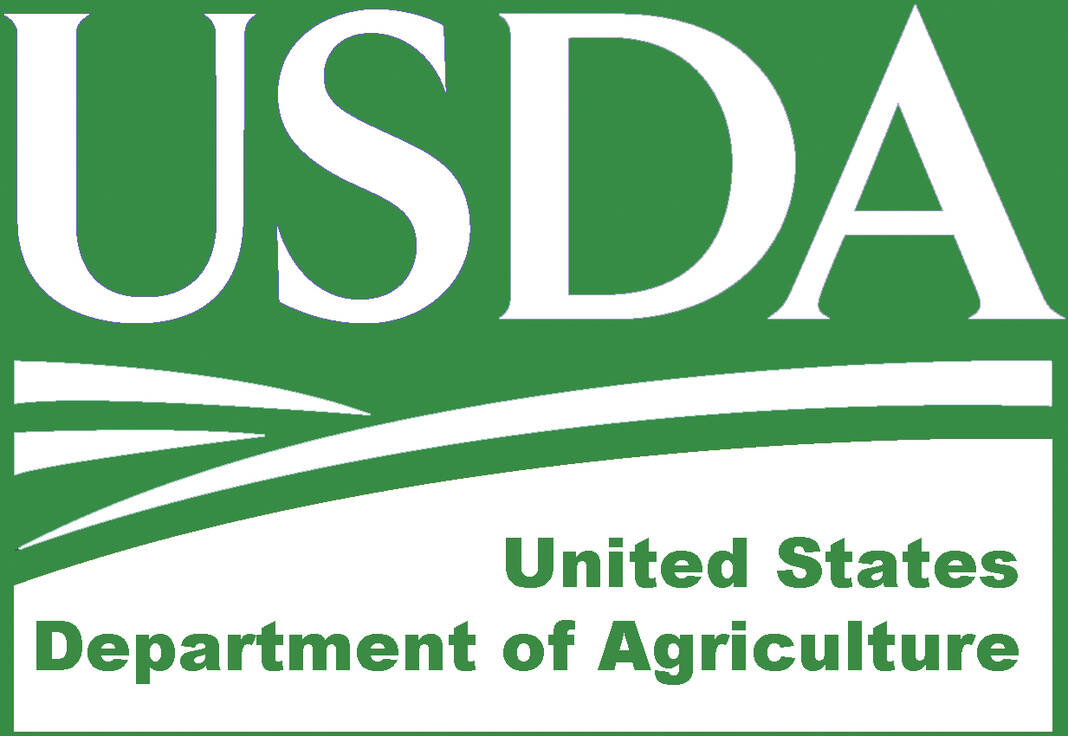
Agricultural producers and private landowners may soon begin applying for the Conservation Reserve Program General signup, which is offered by the U.S. Department of Agriculture.
The enrollment period begins Monday and ends April 7.
The voluntary conservation program is a key tool in the Biden-Harris administration’s effort to address climate change and help agricultural communities invest in the long-term well-being of their land and natural resources, according to a news release from the USDA.
Producers and landowners enrolled more than 5 million acres into CRP through signups in 2022, building on the acceptance of more than 3.1 million acres in the largest Grassland CRP signup in history. There are currently 23 million acres enrolled in the program with 1.9 million set to expire this year. USDA’s Farm Service Agency is aiming to reach the 27 million-acre cap statutorily set for fiscal year 2023.
The general program helps producers and landowners establish long-term, resource-conserving plant species, such as approved grasses or trees, to control soil erosion, improve water quality and enhance wildlife habitat on cropland.
Additionally, the general program includes a climate-smart practice incentive to help increase carbon sequestration and reduce greenhouse gas emissions by helping producers and landowners establish trees and permanent grasses, enhance wildlife habitat and restore wetlands.
Under the continuous Conservation Reserve Program, producers and landowners can enroll throughout the year. Offers are automatically accepted provided the producer and land meet the eligibility requirements and the enrollment levels do not exceed the statutory cap. The climate-smart practice incentive also is available in the continuous signup.
FSA offers several additional enrollment opportunities within continuous program, including the Clean Lakes Estuaries and Rivers Initiative (CLEAR30), the State Acres for Wildlife Enhancement (SAFE) Initiative, the Farmable Wetlands Program (FWP) and the Conservation Reserve Enhancement Program (CREP).
The CLEAR30 Initiative, which was originally piloted in 12 states in the Great Lakes and Chesapeake Bay watershed, has been expanded nationwide, allowing producers and landowners to enroll in 30-year CRP contracts for water quality practices.
Under this administration, FSA also moved SAFE practices back to the continuous program signup, giving producers and landowners more opportunities to participate in the initiative. Through the FWP, producers and landowners can enroll land in CRP as part of their efforts to restore previously farmed wetlands and wetland buffers to improve both vegetation and water flow.
This administration also has made significant improvements to CREP, which leverages federal and nonfederal funds to target specific state, regional or nationally significant conservation concerns. Specifically, USDA made significant improvements to CREP to reduce barriers and make the program more accessible to a broad range of producers and new types of partners. These updates included flexibility for partners to provide matching funds in the form of cash, in-kind contributions or technical assistance along with an investment in additional staff to work directly with partners.
FSA will announce the dates for Grassland CRP signup in the coming weeks. That is a working lands program helping landowners and operators protect grassland, including rangeland and pastureland and certain other lands, while maintaining the areas as working grazing lands. Protecting grasslands contributes positively to the economy of many regions, provides biodiversity of plant and animal populations and provides important carbon sequestration benefits to deliver lasting climate outcomes.
Landowners and producers interested in CRP should contact their local USDA Service Center to learn more or to apply for the program before their deadlines.
The phone number for the USDA Jackson County Service Center in Brownstown is 812-358-2367.
Signed into law in 1985, CRP is one of the largest voluntary private-lands conservation programs in the United States. It was originally intended to primarily control soil erosion and potentially stabilize commodity prices by taking marginal lands out of production. The program has evolved over the years, providing many conservation and economic benefits.
